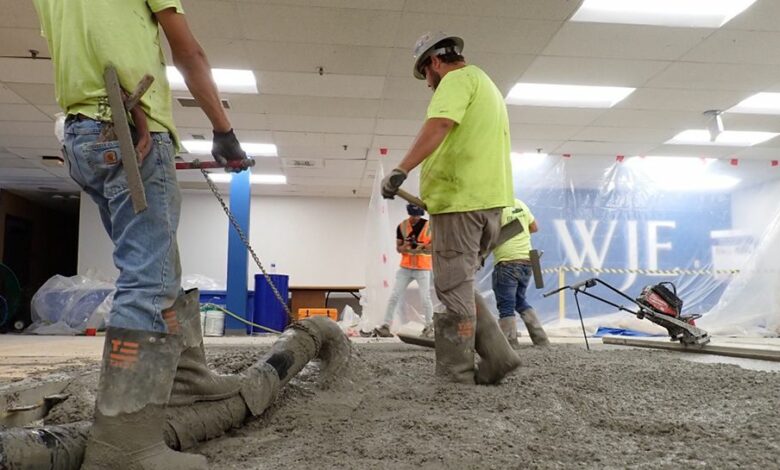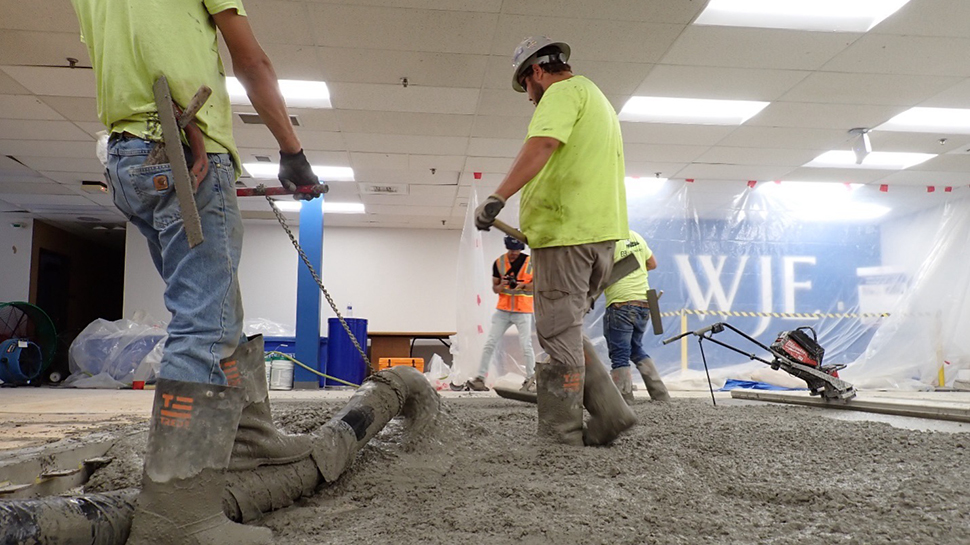Green concrete – not cleaner energy – could be the solution to help Microsoft, Google, Apple and others achieve their lofty carbon-neutral goals


- Concrete production, which is highly dependent on cement, produces carbon emissions
- Essential building materials contribute 6% of global emissions
- Tech giants prioritize sustainable construction with ‘green concrete’
Tech giants are increasingly exploring ways to not only make data centers more energy efficient, but also more environmentally responsible in their construction.
For example, Microsoft builds data centers with cross-laminated timber (CLT) and participates with AWS, Google and Meta in the Open Compute Project Foundation (OCP), an organization dedicated to promoting and testing low-carbon concrete. – also called “green concrete” – for the construction of data centers.
Concrete production remains a major source of carbon emissions, mainly due to cement, which is responsible for approximately 6% of global greenhouse gas emissions. Despite ambitious climate-neutral targets, IEEE spectrum reports that Microsoft’s emissions will increase by more than 30% in 2023, while Google’s emissions will increase by almost 50% in the past five years.
Concrete plays a crucial role
Nearly a thousand companies are reportedly developing low-carbon concrete mixes and testing carbon capture technologies to store the CO₂ emissions created during cement production.
This includes efforts by companies like Holcim and Heidelberg Materials, which are adapting technologies traditionally used in the oil and gas industry to capture and store CO₂ from cement plants.
The demand for data centers – and therefore for concrete – is increasing, partly driven by the growth of AI. Although the OCP recently launched an initiative to deploy low-carbon concrete in data centers, the availability of sustainable concrete still lags behind global demand.
The versatile building material plays a crucial role in the technology industry’s infrastructure, supporting everything from telecommunications to manufacturing. As technology-driven growth continues to increase demand for concrete, improvements in sustainable concrete production are essential. With a concerted shift to low-carbon concrete, both hyperscale technology companies and governments have the power to propel the construction industry toward greater sustainability.
If IEE spectrum summarizes: “With a focus on sustainability, concrete’s unique scale makes it one of the few materials that can do the most to protect the world’s natural systems. We cannot live without concrete, but with ambitious reinvention we can thrive with it.”




